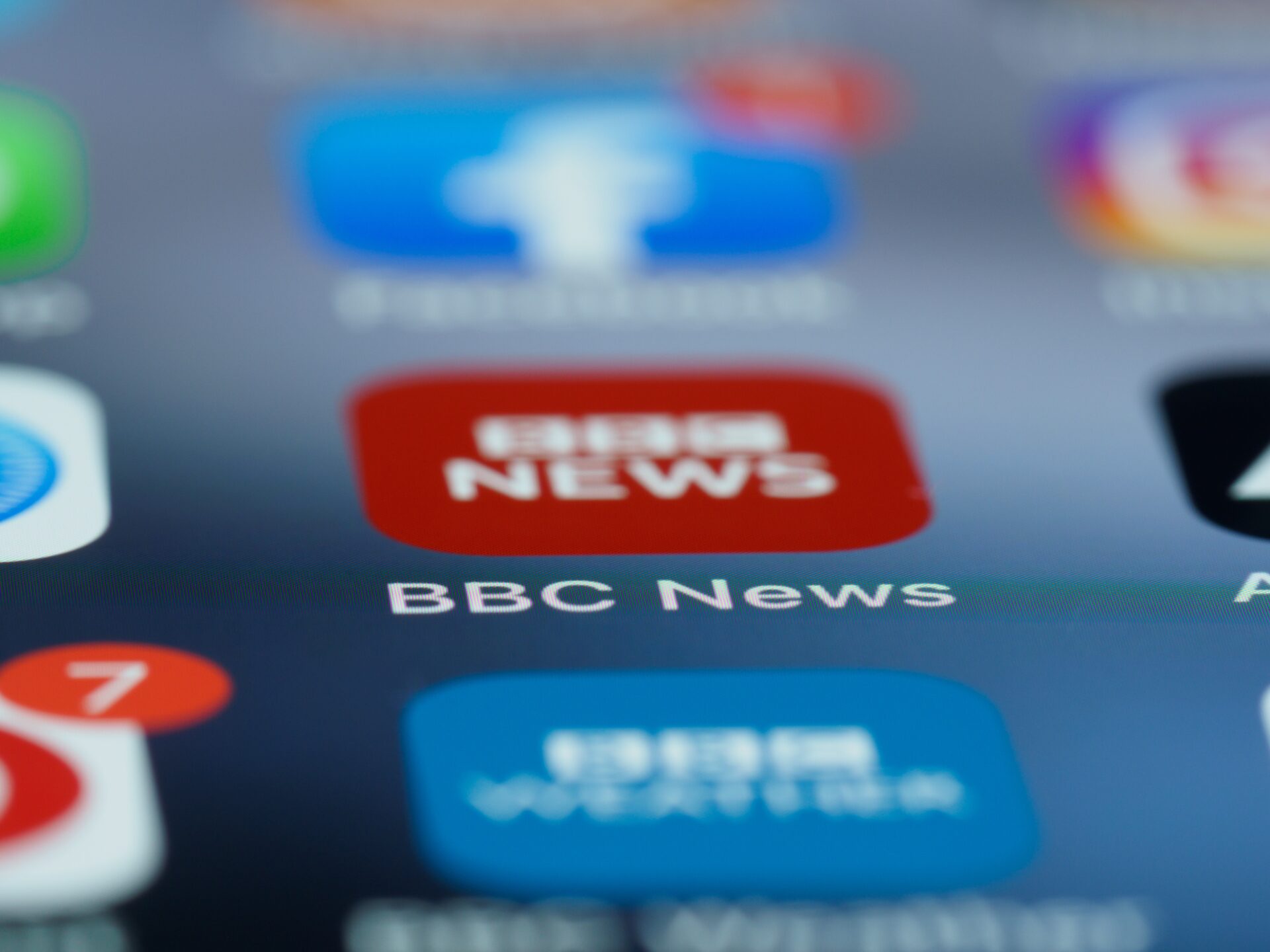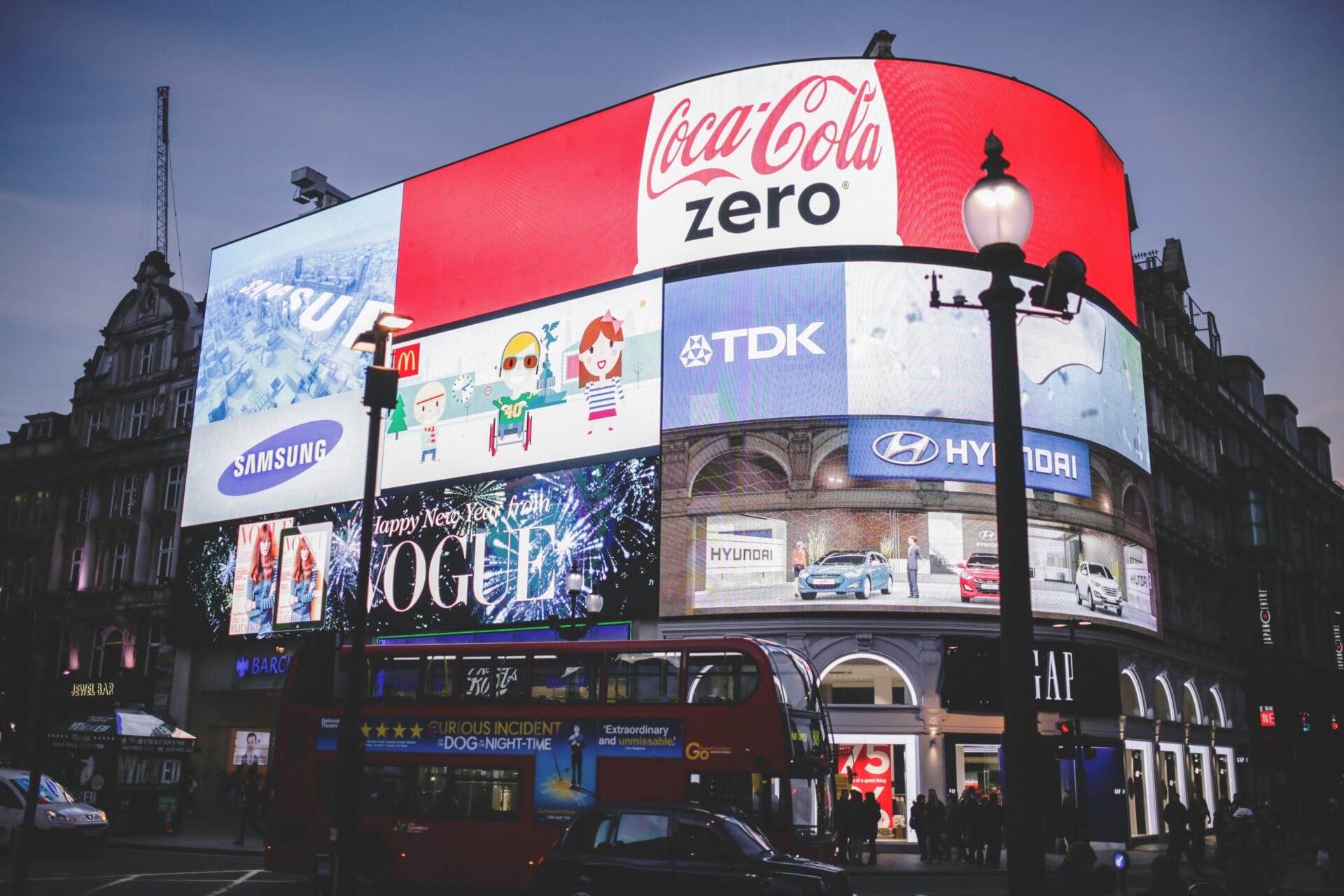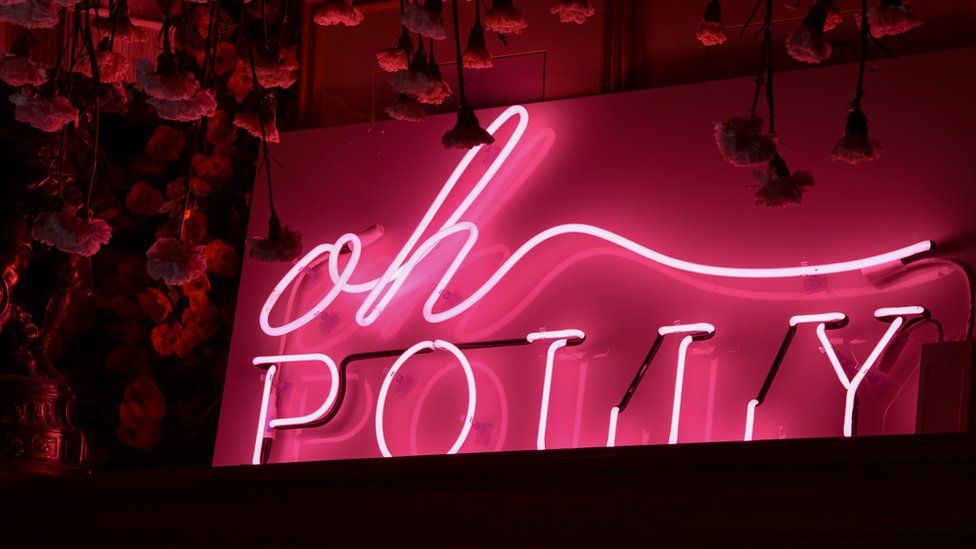
It’s not every week that an ex-footballer becomes the hot topic of debate in Parliament, but the recent Gary Lineker debacle achieved just that. Having tweeted critically of the Government’s new, tougher refugee policy, including a controversial comparison to 1930s Germany, the legendary centre forward found himself at the forefront of a different kind of attack – one which reinvigorated discussion over whether those in influential positions should be able to speak their views freely.
Much of the debate explores whether the BBC’s famously stringent impartiality rules are fit for purpose in our social media age. But the implications are broader. While Lineker appears to have come through the incident relatively unscathed – one commentary-less episode of Match of the Day aside – the debate, around what brands and their associated personalities can or cannot say, appears set to rage on.
Overall, most Brits don’t mind public figures taking political stances on their social profiles. A survey by the7stars Pulse found that over two-thirds of Brits say it is important that celebrities are given the freedom to speak about their views – rising to 77% among 35-44s.
But what about those figures who are closely associated with a brand? Lineker is a fitting example of this, having been the public face of Walkers Crisps for almost three decades. When Lineker expresses a political stance, should Walkers be concerned about the impact?
On this question, Brits are more divided. 39% of adults think brands are responsible for the words and actions of their associated celebrities, while 30% disagree. Yet, among Gen Z – the generation who, more than any other, have grown accustomed to the debate over cancel culture – over half believe brands are responsible for the conduct of those who represent them.
Indeed, there have been several prominent examples recently – from Ye to Elle Darby – of brands dropping partnerships with influencers as a result of highly controversial social media posts. But most of these examples referenced discriminatory comments. In Lineker’s case, an impassioned – yet controversial – rebuttal of Government policy sits in a murky grey area of the public conscience.
Further complicating the situation for brands is what stances to take, and when to stay silent, on their owned social channels. For Coca-Cola, this has been an oft-fraught decision. In 2021, when politicians in Coke’s home state of Georgia passed a new restrictive voting law, all eyes were on whether the brand would make a statement of condemnation (which they ultimately did). But just months later, the brand came under scrutiny after a personalised label creator tool blocked customers from using phrases such as ‘Black Lives Matter.’
Research by the7stars Pulse found that three in five Brits support brands taking political stances in their marketing. Yet, highlighting the complexities of the issue, just 21% said they believed such brand stances to be genuine – with 52% more likely to assume it is bandwagoning designed to make the brand look good.
Ultimately, the decision for brands of whether to lean into a public debate should be assessed on a case-by-case basis, but should be taken cautiously with the brand’s wider purpose and core audiences in mind. With 76% of 16-34s self-identifying as activists, many will seek out brands that reflect their favoured causes. Nevertheless, brands will be judged less on the words they speak, and ultimately on the actions they take.











Recent Comments